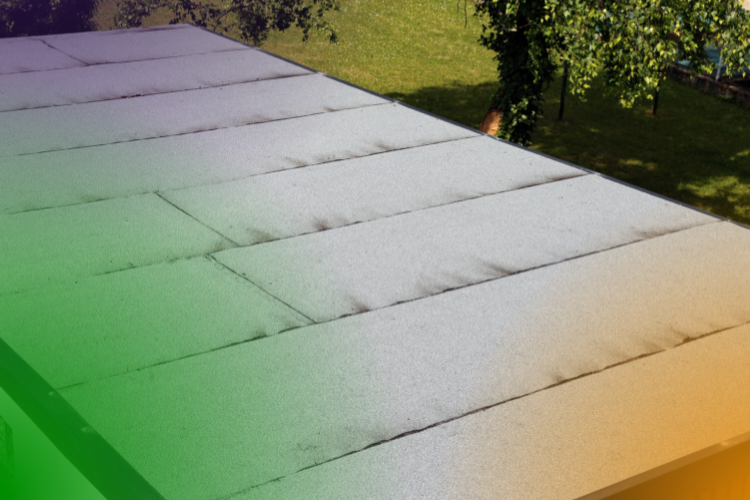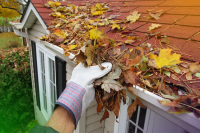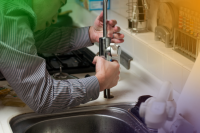Flat roofs used to have a pretty poor reputation. Prone to leaks and cracks, any owner of a house with a flat roof could tell you a tale of woe about disasters and floods.
Not many houses in the UK have entirely flat roofs, but there are many homes which have been extended over the past century and which have a portion of flat roof.There are two main reasons why flat roofs used to be prone to leaking.
Firstly, felt was used to cover a flat roof’s surface. Felt doesn’t last nearly as long as slates or tiles and after 20 years needs to be replaced. As it starts deteriorating, it can crack or split. The join between the pitched roof and the flat roof is another weak spot, and if the two are not joined properly, water can get in.
These sorts of problems though could now be a thing of the past as there are great new options for creating a long-lasting, durable and cost effective flat roof.
EPDM Flat Roofs
The main product which has revolutionised the way in which flat roofs are built is called EPDM, or ethylene propylene diene monomer, a type of synthetic rubber.
The main advantages of EPDM is that it ages much better than felt and does not become brittle over time.
This means that an EPDM flat roof is far less likely to crack and spring a leak.
It is much more flexible to work with and easy to use, and the lifespan of an EPDM flat roof is guaranteed for at least 20 years, and most experts agree that it should last for 50 years.
The EPDM sheets can be cut to any shape and size, so there are fewer joins on the surface of the roof than when using traditional felt.
Large DIY stores sell do it yourself EPDM kits for replacing a felt roof.
However, unless you really know what you are doing, it’s best to leave it to the roofing professionals.
Your exact quote will depend on the size of the roof and whether or not the contractor needs to use scaffolding, but expect to pay around £80 per square metre.
EPDM is more expensive than felt, but remember that it lasts at least twice as long.
Always get at least three quotes from local tradespeople to compare before committing to go ahead with the work.
Fibreglass flat roof
Fibreglass roofing, also sometimes known as GRP, has many of the same benefits as EPDM.
It I very long lasting, and is safer to have fitted as no heat is used.
There are no seams or joins on a fibreglass flat roof, and you even have the flexibility to choose from a range of colours and textured finishes for your roof.
A fibreglass flat roof costs a little more than EPDM or felt at around £90 per square metre.
Costs will be increased if the boards and joists which support the roof also need to be replaced, or if your flat roof area is difficult to access.





